Droughts, floods and storms: The people hit hardest by the climate crisis
As world leaders converge on Sharm el-Sheikh for UN climate conference Cop27, World Food Programme staff highlight some of the countries hit hardest
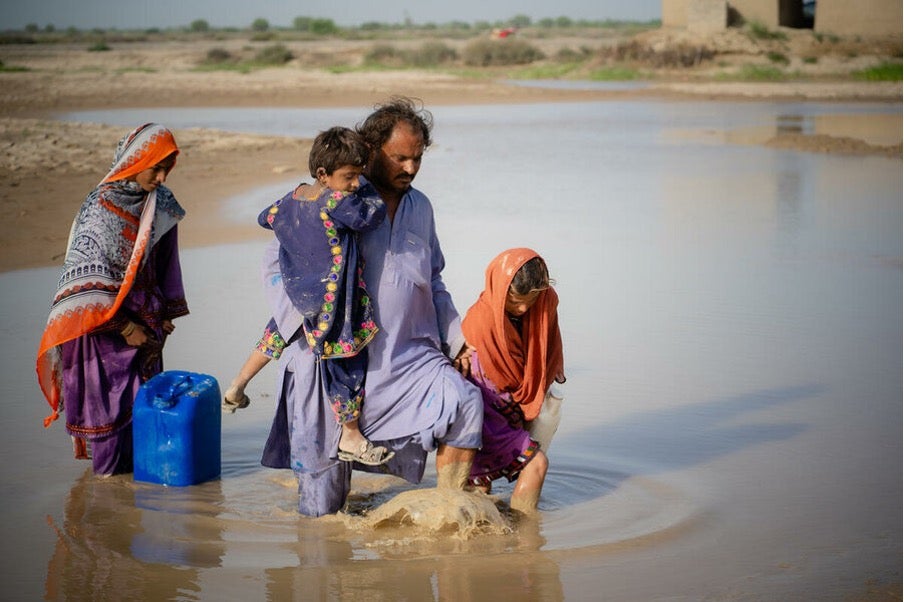
Your support helps us to tell the story
From reproductive rights to climate change to Big Tech, The Independent is on the ground when the story is developing. Whether it's investigating the financials of Elon Musk's pro-Trump PAC or producing our latest documentary, 'The A Word', which shines a light on the American women fighting for reproductive rights, we know how important it is to parse out the facts from the messaging.
At such a critical moment in US history, we need reporters on the ground. Your donation allows us to keep sending journalists to speak to both sides of the story.
The Independent is trusted by Americans across the entire political spectrum. And unlike many other quality news outlets, we choose not to lock Americans out of our reporting and analysis with paywalls. We believe quality journalism should be available to everyone, paid for by those who can afford it.
Your support makes all the difference.Storms, droughts and floods of immense magnitude are worsening an unprecedented global food crisis. Across the world, the devastating effects of climate change are already hitting some of the planet’s poorest people, who depend on the land and predictable weather for their future. At the same time, the World Food Programme (WFP) is empowering communities and governments to prepare, respond and recover.
It’s not too late to tackle the climate crisis and the hunger storm it is whipping up, but we need to act fast.
Floods
Record-breaking floods – affecting 33 million people – left a third of Pakistan under water in August and September, uprooting communities and smashing roads, bridges and livelihoods. Although it contributes less than 1 per cent of global greenhouse emissions annually, the country is a hotspot for climate-related disasters.
WFP is supporting the government in reaching 2.7 million people with food, nutrition and recovery. Looking ahead, WFP’s priority will be to return to supporting the people of Pakistan to build long-term resilience, engaging the UN Green Climate Fund to finance adaptation programmes to protect the country’s smallholder farmers and food systems.
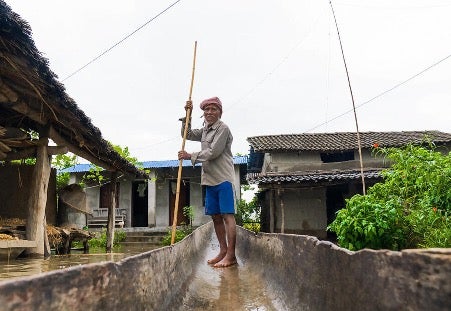
Nepal has similarly been hit by heavy rains, deadly flash floods and landslides in recent weeks. “With reliable forecasts, it is increasingly possible to anticipate extreme weather events and take necessary action in advance,” says Robert Kasca, WFP representative and country director in Nepal. “WFP supported Nepalese authorities by dispatching cash assistance and early warning messages to at-risk communities.”
Meanwhile, deadly floods have swept across west and central Africa, affecting 5 million people in 19 countries and deepening an already alarming food crisis. WFP is helping to build regional capacity to respond to climate extremes, supporting governments and communities to avert or mitigate their impacts – for example through early warning messages, or farming techniques such as water-harnessing “half-moons” dug into the soil to help restore degraded land.
In the west African countries of Mauritania, Mali and Burkina Faso, WFP also distributed $9.4m (£7.9m) of African Union climate insurance payouts, to help communities recover from a crippling 2021 drought.
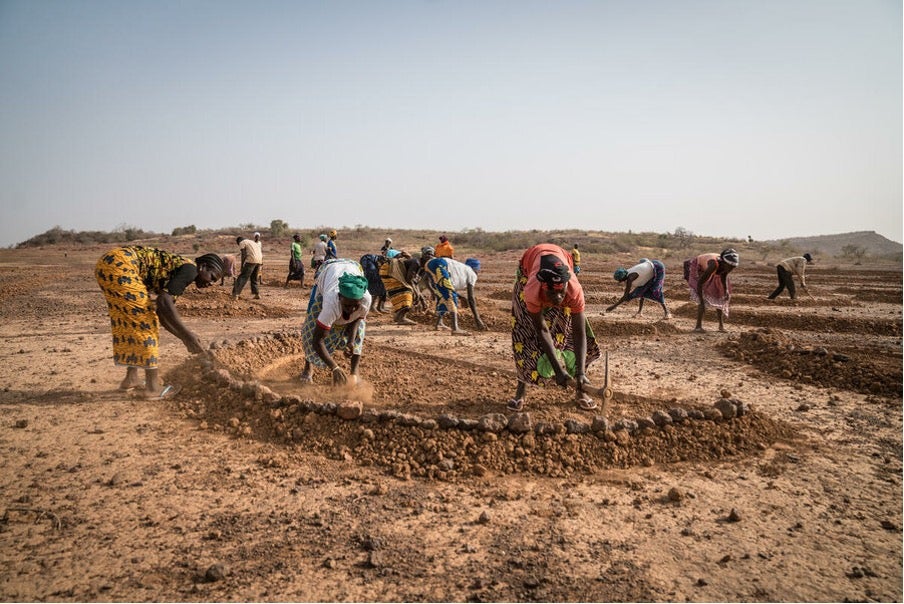
“Last year, my crop failed due to drought,” says Karim Sore, a farmer in Burkina Faso’s Centre-Nord Region. “But thanks to the [WFP] climate insurance payout, I was able to pay school fees for my children and meet other basic needs for my family.”
Torrential rains and widespread flooding hit conflict-torn Yemen this year, damaging infrastructure and homes, and leaving 73,000 people in need of food and other urgent assistance.
Climate shocks are deepening the country’s already dire hunger conditions, with more than 20 million Yemenis needing humanitarian assistance. But water scarcity could be Yemen’s bigger long-term problem. Some experts predict the country could run out of water within the next few decades – and that climate change along with extensive environmental destruction threatens to exacerbate existing tensions in the country.
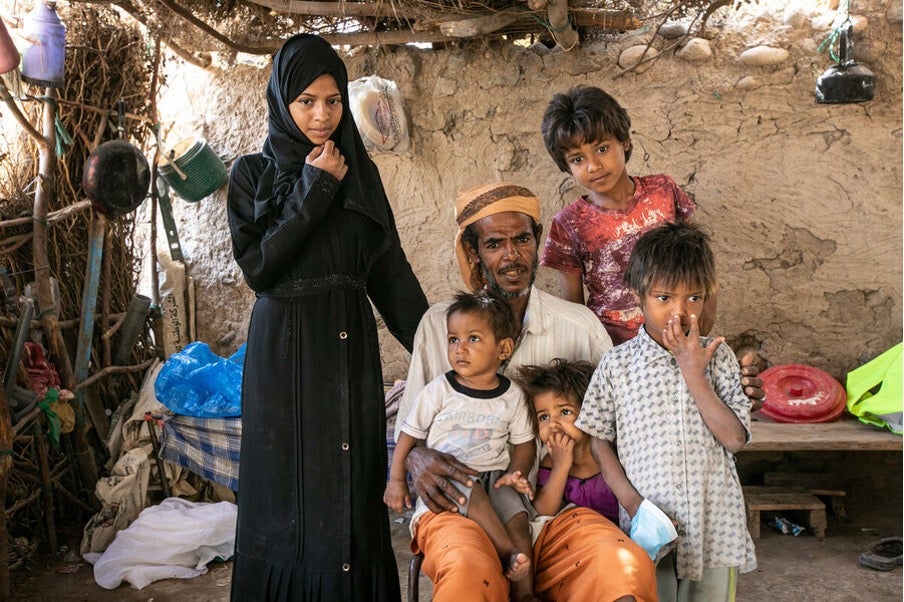
Along with lifesaving food assistance, WFP is working with local communities to build their resilience to ravages of extreme weather – such as a flood protection wall in the eastern village of Al-Ghorafi. “We used to spend nights awake in fear of flooding,” says Saeed, a father of 10 who participated in the project. “The wall will protect the village and the monuments in it.”
Droughts
One of the world’s most climate-vulnerable countries, Somalia, has seen a threefold increase in extreme weather events over the last 30 years, experts say. Now, the longest drought in four decades, combined with the backlash from the global food crisis, leaves some 6.7 million people facing severe hunger – and more than 300,000 facing catastrophic levels of hunger, unless humanitarian aid is significantly ramped up.
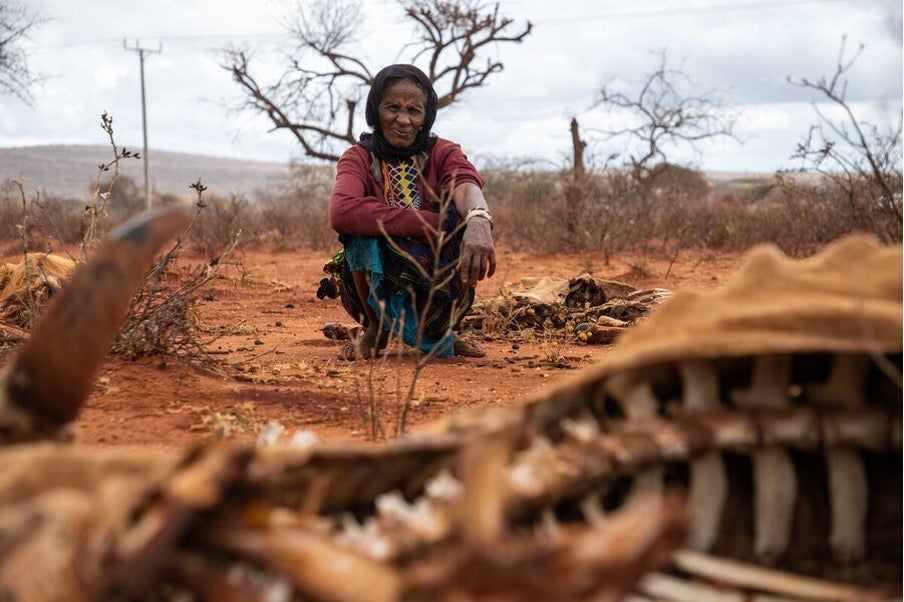
Despite funding and security challenges, WFP has sharply scaled up its operations in Somalia, reaching record numbers of people with food and nutritional support – including roughly 4.6 million people in September alone. Beyond immediate relief, WFP is investing in building the capacity of government institutions and giving Somalis the tools to become more resilient against shocks and less dependent on humanitarian aid.
“In Somalia, we triggered what we call ‘anticipatory action’ over the short term, in areas hardest hit by drought,” says Gernot Laganda, who heads WFP’s climate and disaster risk reduction programmes. “It means we don’t just wait until there is a failed season. We work with forecasts – and if they cross a certain threshold, we provide aid before the damage has happened.”
In the southern Somali town of Dolow near the Ethiopian border, Muhuba Hassan Warsame, 35, has benefited from a WFP resilience programme that gave her a plot of land and resources to plant a vegetable garden. “I have gained skills through this project on how to cultivate the farm, and how to plant and store crops,” says Muhuba. “I am better off since my life has changed.”
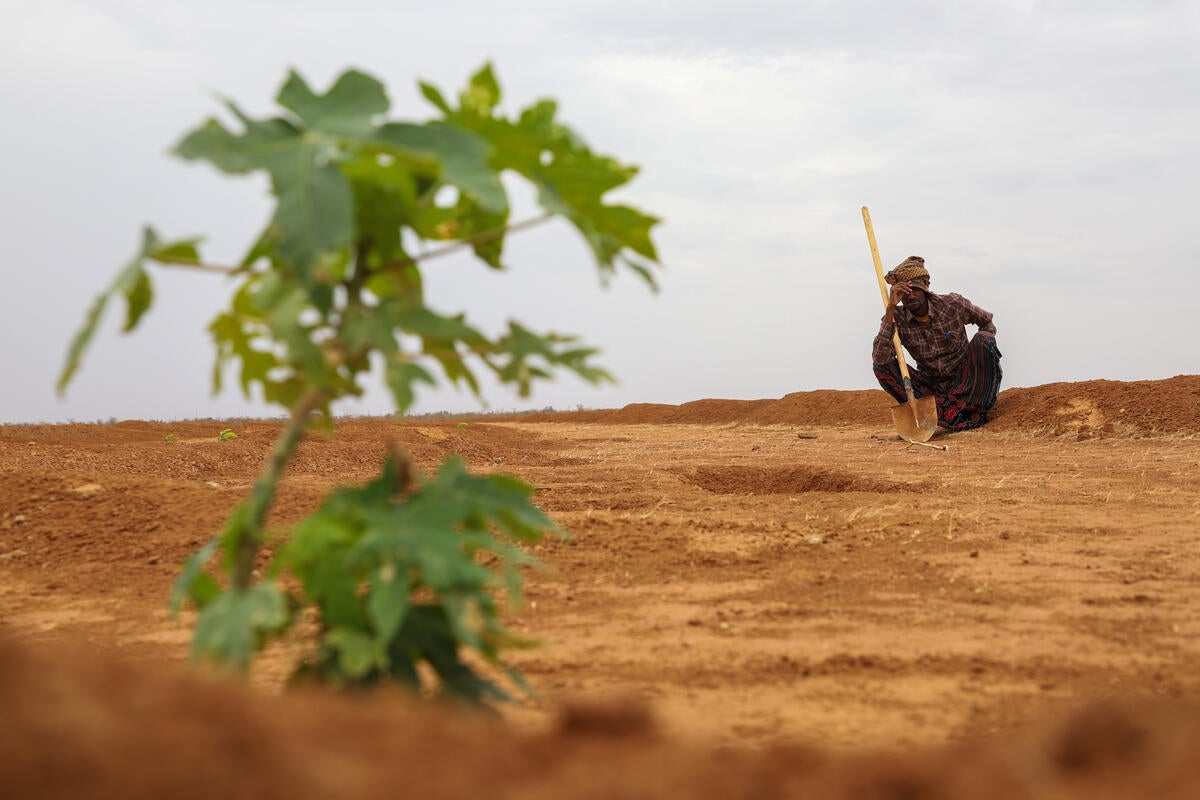
Part of the Central America’s so-called “dry corridor”, Guatemala is another global climate hotspot, intersecting with other crises. A recent joint study by WFP and research group CGIAR found climate swings – from long dry spells to untimely heavy rains – are deepening hunger, poverty and inequality in the region, exacerbating conflict. Indeed since 2009, Guatemala has seen a stunning 44 per cent decrease in rainfall.
WFP supports hundreds of thousands of vulnerable people in dry corridor countries to adapt to climate change, through projects that create assets, build livelihoods and rehabilitate and reforest degraded and marginal lands.
“We sow cilantro, onion, chipilines, nightshade, chayotes, squash, cassava, and other little things,” says 32-year-old Damaris Reyes, leader of a women’s farming group in the eastern Guatemalan department of Chiquimula which is growing drought-resistant crops and making organic pesticides with WFP support. “With these vegetables in our plots, we are saving about 700 quetzales (£74) per week, because the cost of vegetables right now is quite high.”
Storms
The Philippines is hit by an average of 20 storms and typhoons each year. Climate change is expected to make these extreme events more destructive and unpredictable. Last December, the country saw the third-strongest typhoon ever to make landfall in the northern hemisphere. Typhoon Rai affected more than 12 million people, killing hundreds and leaving thousands homeless overnight. Working with authorities and partners, WFP reached vulnerable communities with food assistance, and helped them to rebuild and recover sustainably.
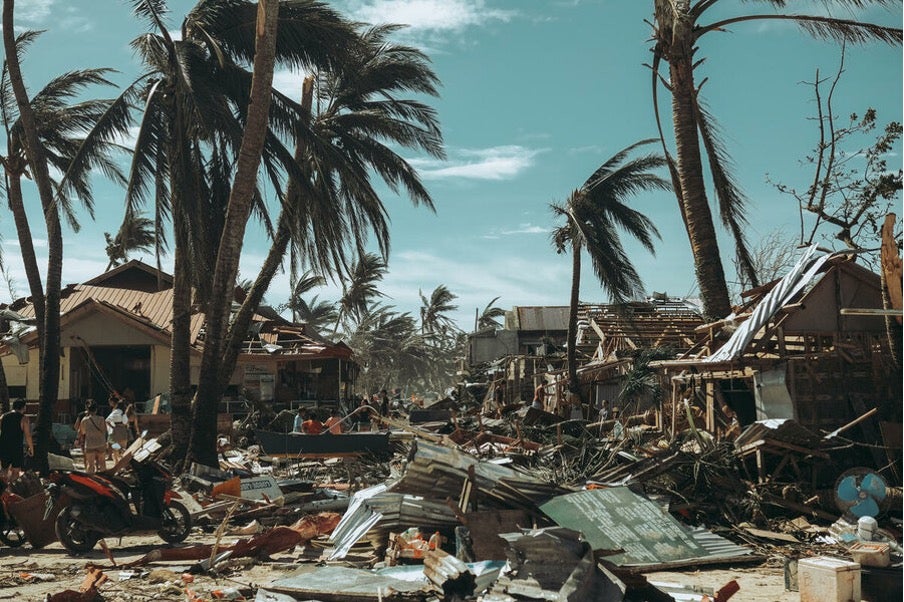
Over this past year, for instance, some 80,000 people benefited from WFP Rai recovery projects – from cleaning debris-littered coastal areas, to repairing damaged roads, restoring mangroves (key storm barriers and climate-mitigators) and organising community gardens. “The communities have become so clean and green and, most importantly, people receiving WFP assistance are keen on sustaining these improvements and initiating regular community-led cleanups,” says WFP’s Alice Follosco, who helped support our typhoon response.
A raft of factors – from poverty and deforestation to exposure to earthquakes and extreme weather events – makes Haiti among most the climate-vulnerable countries in Latin America and Caribbean. The fallout of these multiple hazards feeds into a toxic mix of crime, poverty and high prices that have brewed a hunger disaster.
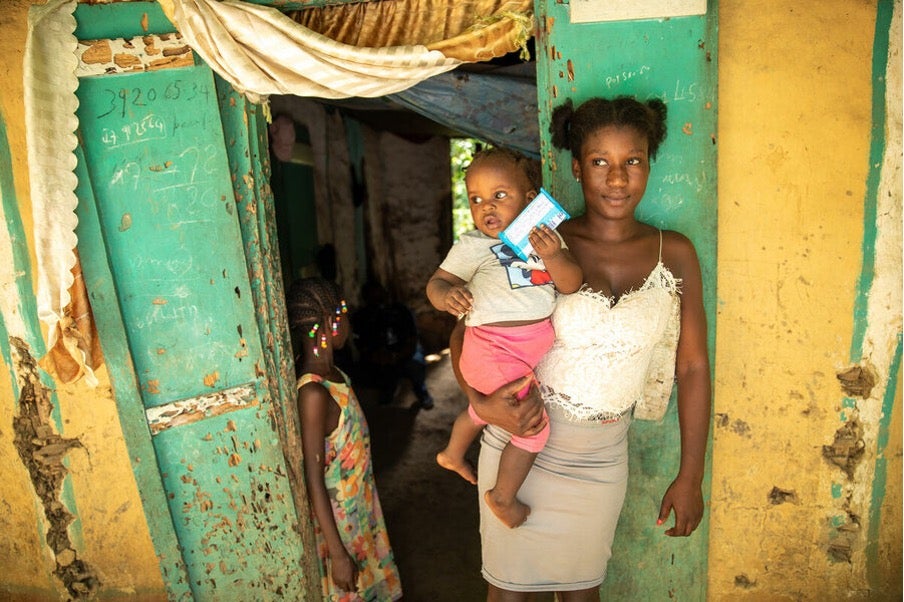
Despite extremely difficult operating conditions, WFP works with Haitian authorities and communities to fight climate change through projects such as watershed management, infrastructure rehabilitation and emergency preparedness. In the northern commune of Limbe, for example, 60-year-old mother of six Dozimène earned $70 monthly for participating in a WFP programme rehabilitating flood-hit irrigation canals and roads.
“These works really changed my and my children’s lives,” says Dozimène, who used the money for food and transport and funnelled the rest into a small business selling detergents at the market.
Join our commenting forum
Join thought-provoking conversations, follow other Independent readers and see their replies
Comments